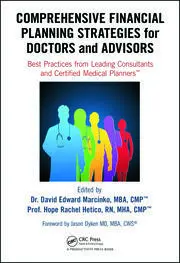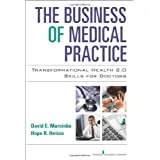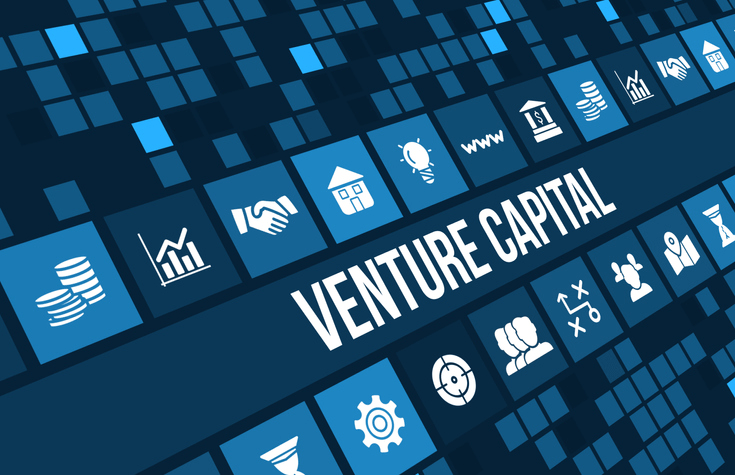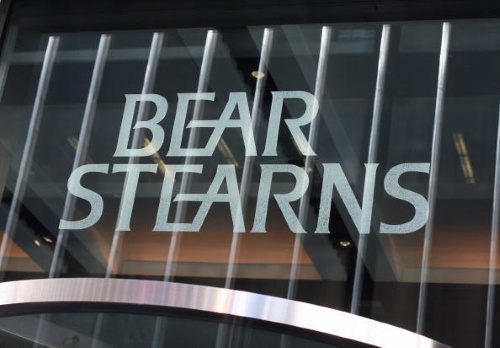MEDICAL EXECUTIVE-POST – TODAY’S NEWSLETTER BRIEFING
***
Essays, Opinions and Curated News in Health Economics, Investing, Business, Management and Financial Planning for Physician Entrepreneurs and their Savvy Advisors and Consultants
“Serving Almost One Million Doctors, Financial Advisors and Medical Management Consultants Daily“
A Partner of the Institute of Medical Business Advisors , Inc.
http://www.MedicalBusinessAdvisors.com
SPONSORED BY: Marcinko & Associates, Inc.
***
http://www.MarcinkoAssociates.com
| Daily Update Provided By Staff Reporters Since 2007. How May We Serve You? |
| © Copyright Institute of Medical Business Advisors, Inc. All rights reserved. 20224 |
REFER A COLLEAGUE: MarcinkoAdvisors@msn.com
SPONSORSHIPS AVAILABLE: https://medicalexecutivepost.com/sponsors/
ADVERTISE ON THE ME-P: https://tinyurl.com/ytb5955z
***
Costco started selling gold bars to its members last August, and Wells Fargo analysts believe that the product is now bringing in between $100 million and $200 million a month. The retailer doesn’t reveal the price of the 1-ounce bullion to nonmembers online, but it’s estimated to be ~2% above the spot price gold trades at, per CNBC—and that price has soared since Costco got into the gold game. The price of gold has gone up 13% this year and reached record highs as investors pile in amid inflation worries.
The big numbers from the Consumer Price Index data released on Thursday
- In March, inflation rose 3.5% from the year before, up from 3.2% in February.
- The “core” CPI reading, which excludes volatile food and fuel prices, came in even higher, rising 3.8% on an annual basis. That’s the same as in February, but this time it’s serious.
- Half of the increases came from rising gas prices and housing.
After seeing inflation fall by 3% over the course of 2023, Fed officials believed that higher inflation readings in January and February 2024 represented a hiccup in an otherwise downward trajectory. However, with the March reading also coming in hotter than anticipated, analysts say this is more than a fluke. That means hopes for a June interest rate cut are dashed. Even the US Postal Service plans to raise the price of “forever” stamps to $0.73 in July. Get yours now. And the Mexican peso is on an absolute tear, leaving the US dollar behind.
CITE: https://www.r2library.com/Resource/Title/082610254
Here’s where the major stock benchmarks ended:
- The S&P 500® index (SPX) advanced 38.42 points (0.7%) to 5,199.06; the Dow Jones Industrial Average® ($DJI) lost 2.43 points to 38,459.08; the NASDAQ Composite gained 271.84 points (1.7%) to 16,442.20.
- The 10-year Treasury note yield (TNX) rose nearly 2 basis points to 4.578%.
- The CBOE Volatility Index® (VIX) fell 0.89 to 14.91.
Chip maker strength lifted the Philadelphia Semiconductor Index (SOX) more than 2% and extended the benchmark’s year-to-date gain to more than 17%. Communications services and transportation shares were also among the strongest sectors. Financial shares were mixed ahead of expected quarterly results Friday from some major banks including JPMorgan Chase (JPM), Citigroup (C), and Wells Fargo (WFC).
CITE: https://tinyurl.com/2h47urt5
- Big businesses such as hospital systems, insurers, and PE firms are gobbling up medical clinics.
- Some doctors and industry experts fear corporate owners could prioritize profits ahead of patients.
- The federal government is dialing up scrutiny of PE firms and other corporate owners in healthcare.
CITE: https://tinyurl.com/tj8smmes
QUESTION: Are Independent doctors almost a thing of the past?
COMMENTS APPRECIATED
PLEASE SUBSCRIBE: MarcinkoAdvisors@msns.com
Thank You
***
***
***
***
EDUCATIONAL TEXTBOOKS: https://tinyurl.com/4zdxuuwf
***
Filed under: "Ask-an-Advisor", Breaking News, Experts Invited, Financial Planning, Health Economics, Health Insurance, Health Law & Policy, Healthcare Finance, iMBA, Inc., Information Technology, Investing, Marcinko Associates, Recommended Books, Sponsors, Touring with Marcinko | Tagged: banks, c, Case, CBOE, CitiGroup, Costco, CPI, DJIA, gold, inflation, JP Morgan, JPM, Marcinko, Mexican peso, NASDAQ, pe, Peso, Private Equity, S&P 500, SOX, textbooks, US Dollar, US stamps, VIX, Wells Fargo | Leave a comment »































